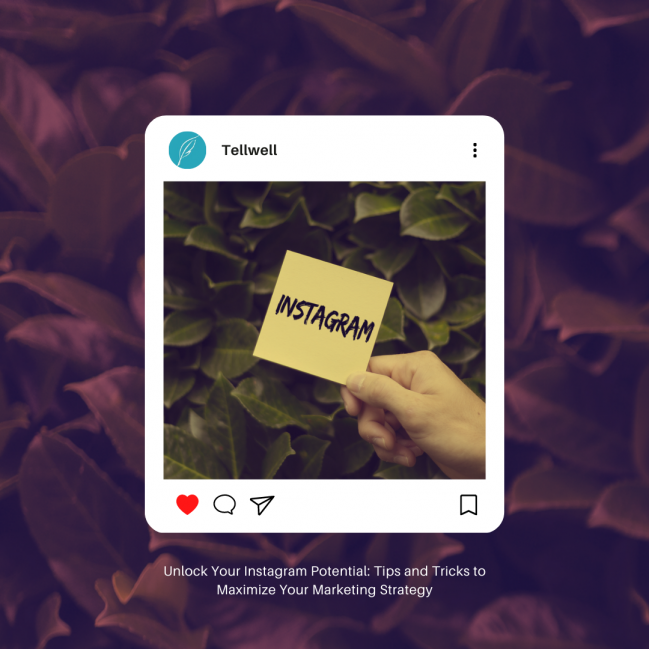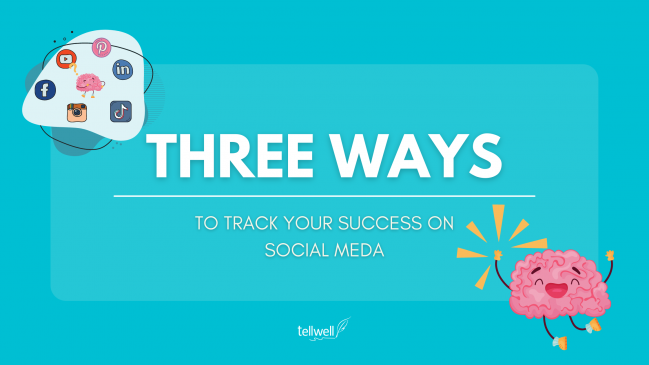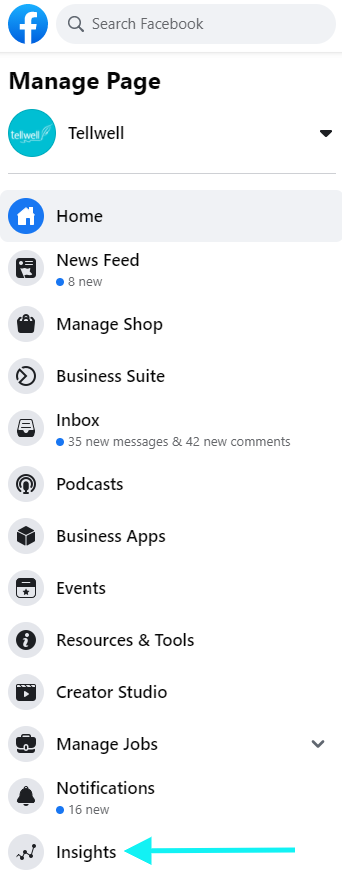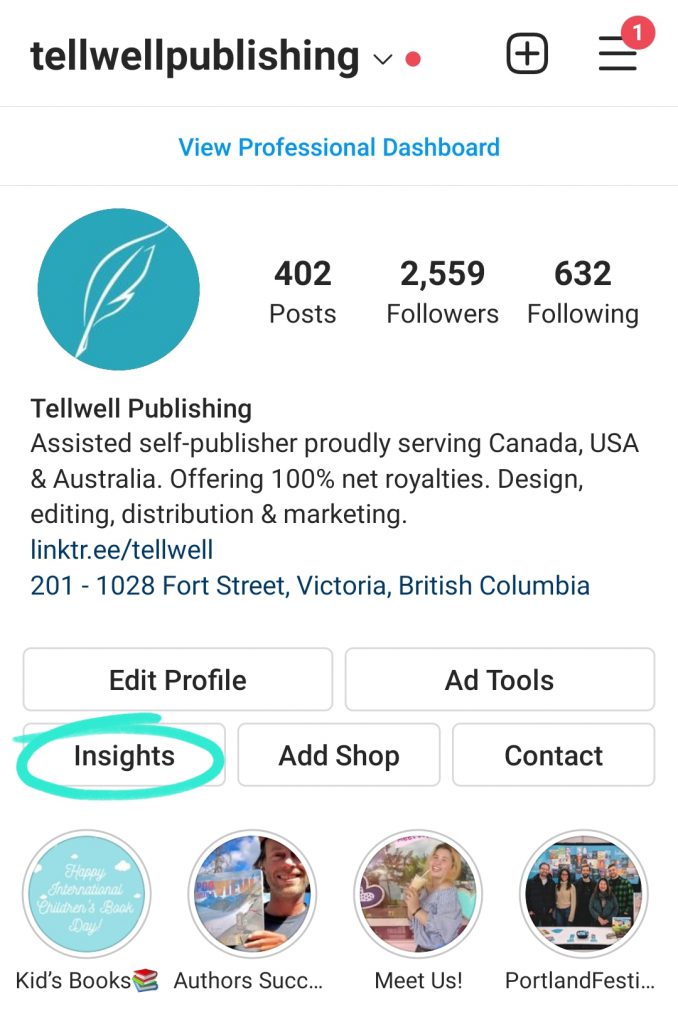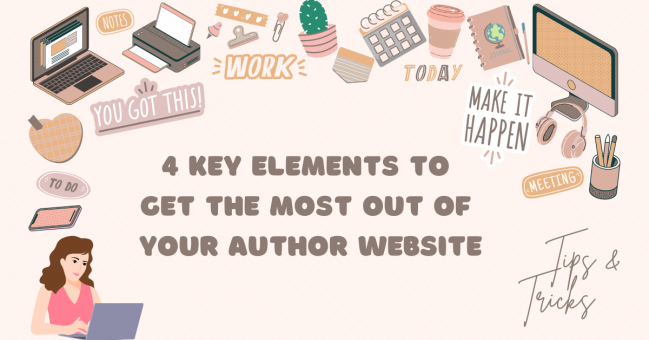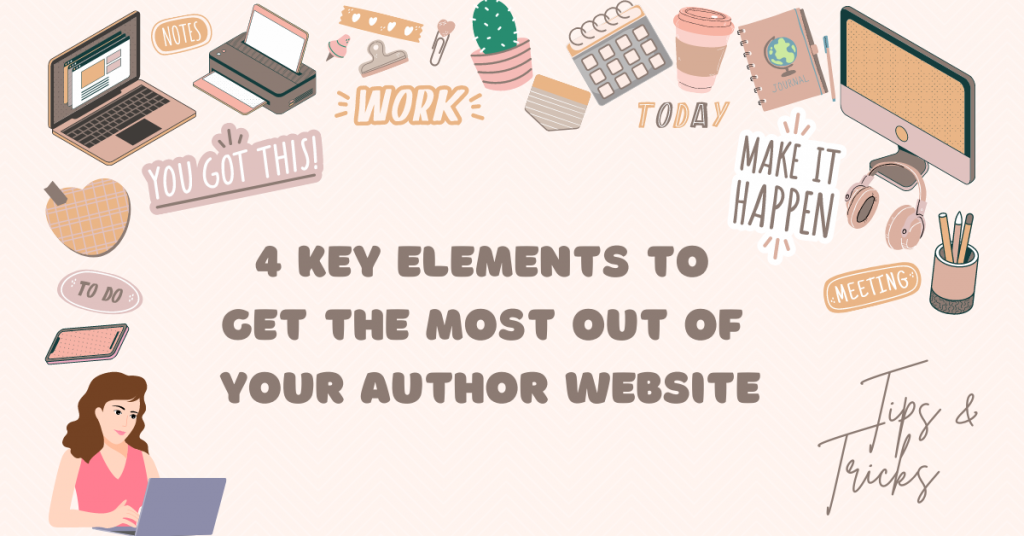Cracking the code: how to successfully market on Instagram in 2023 with the latest algorithm updates
The key to success on Instagram lies in mastering its algorithm, which governs the platform. By understanding and utilizing the algorithm effectively, you can boost your follower count and increase engagement. On the other hand, if you neglect the algorithm your account may struggle to gain visibility, regardless of the quality of your content.
Since Instagram’s algorithms evolve over time, it’s essential to keep up to date with the latest changes to ensure your account continues to grow. We’ve gained valuable insights into content creation, success strategies, and the occasional misstep. In this article, we’re sharing everything we’ve learned about the Instagram algorithm as of 2023, including tips on how to get it working in your favour.
Before diving into the details, it’s important to acknowledge a fundamental point: there is no publicly available breakdown of the Instagram algorithm. Companies that utilize algorithm-based feeds, such as Google, Facebook, Instagram, and Twitter, do not disclose all the factors that determine the placement of content in a feed.
Although Facebook and Instagram do not reveal their entire algorithms, they do provide occasional insights into how they work. For example, we are aware that our actions on the platform—such as comments, likes, and views—affect the content that appears in our feeds. Moreover, it is evident that the algorithms vary depending on whether we are browsing the feed, the Explore page, Reels, or Instagram Stories.
In 2023, the Instagram algorithm operates through a range of algorithms, classifiers, and processes, each serving a distinct purpose. In the platform’s early days, images were simply displayed chronologically. Nowadays, Instagram uses different algorithms for each section of the app, including the feed, Stories, Reels, and Explore, to assist users in finding relevant content.
Below, we’ll explore the criteria that Instagram takes into account for each part of the platform.

Reels
Instagram has placed a significant emphasis on Reels, making it the most crucial aspect of the platform. Neglecting Reels could prove detrimental to your account’s growth.
IGTV is no longer relevant, and horizontal or long-form videos are no longer prioritized as Instagram focuses on short-form videos. To optimize your content production process to align with the Reels algorithm, here are some steps to follow:
- Crop all video content to 9:16.
- Keep videos short, ideally no longer than 30 seconds.
- Ensure your content is engaging, entertaining, and fast-paced.
- Avoid using low-resolution or recycled content from other platforms, such as TikTok.
- Instagram favors Reels that attract likes, comments, shares, and views. The algorithm also takes note when users save videos or add Reels to their Stories.
Stories
The operation of Instagram Stories is comparable to that of the feed. The content displayed in Stories, apart from ads, is from the accounts you already follow rather than from new ones. Interactions with stories differ slightly from those in the regular feed.
Story Interactions
- Direct messages (DMs): Does a user view your story and respond?
- Profile clicks: Does a user click your profile to see more of your content after watching a story?
- Emoji reactions replace “likes”; they could be happy, upset, or a thumbs up.
- Finish or skipped: did your user watch each Story in its entirety, or did they get bored and skip to the next one?
In addition to these signals, Instagram also considers user actions such as turning on notifications for your Stories or sharing a Story with their friends (or on their own Stories). All of these actions can influence the algorithm’s preference for your content.
Creating engaging content that encourages user interaction is key to getting the algorithm’s attention. Experiment with surveys, stickers, and Q&As to get your followers to take action on your content.

The Main Feed
The feed is still the primary area of Instagram, despite the addition of Stories and Reels. In this section, the algorithm favours content from accounts that you already follow. However, in the Explore or Reels tab, other factors come into play.
To determine the preferred content, the algorithm considers various signals, such as:
Who posted the content: Do you interact with this account frequently? Do they have a large and active following? Is their content typically high-quality?
Information about the post: Is it an image or video? How long is the video? What time of day was it posted? Are you viewing it on a mobile device or desktop? Is there a location attached to the post?
Your activity: What kind of content have you engaged with previously? What is the likelihood that you will leave a comment?
A helpful tip for 2023 is to use alt text when uploading images, much like optimizing for SEO on a website. The easiest way to SEO-optimize an image is to describe who and what is in the image, and add a little background information if you can.
The Explore tab
The Explore tab on Instagram is dedicated to showing users fresh, relevant content that aligns with their interests. This means that most of the posts you’ll see will be from accounts you don’t follow yet. Although you might come across posts from accounts you follow, it’s not as common.
According to Instagram, the most important actions that impact the Explore algorithm are likes, saves, and shares.

Other factors that the algorithm takes into account include:
The account that posted the content: Does it have a high engagement rate, or have several of your friends followed it? Have you interacted with their content before?
Information about the post: Is the content popular among other users? Are they quickly liking, commenting, and sharing the post? When was the post uploaded?
Your activity: Have you engaged with similar content before? Do you typically save or share this type of content on your stories?
The algorithm attempts to predict your interests based on your activity. For instance, if you follow Manchester United and like their content, the algorithm may suggest other football clubs, or other sports that align with your interests. If you like the suggestions, the algorithm will continue to show you more of that content. If not, it will try to find something else that will keep you engaged.
